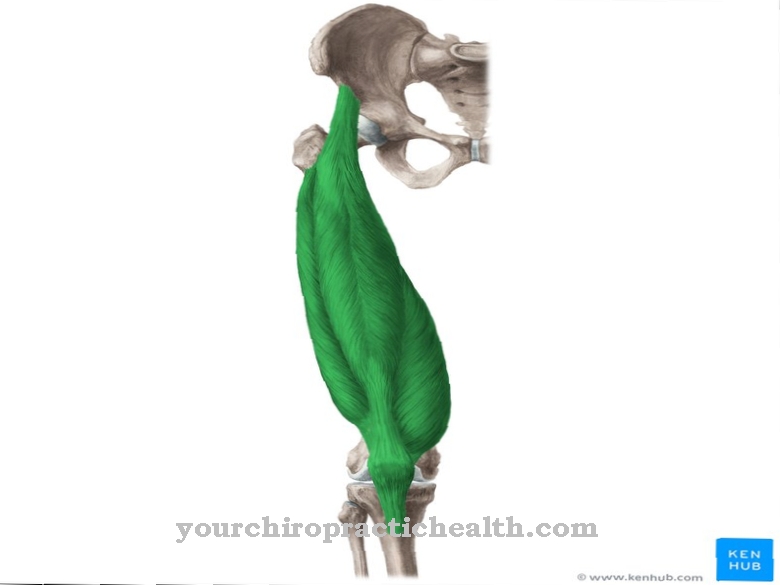Hypersensitive teeth express themselves through pain when consuming hot, cold or sweet foods. Around 25 percent of the German population have already had experience with the complaints. Because there are numerous causes behind the phenomenon, the visit to the dentist should not be postponed.
What are the characteristics of hypersensitive teeth?

Different foods and everyday phenomena such as cold air mean that oversensitive teeth are prone to pulling pain. The symptoms are only the symptom of another disease and cannot be described as an independent disease. The increased sensitivity can have numerous causes.
Most people find it annoying. However, various therapeutic approaches are able to alleviate the symptoms or allow them to subside completely. Because the symptoms of hypersensitivity can be the cause of serious illnesses, the symptoms should be discussed with the dentist.
causes
The reason for hypersensitive teeth is often due to tooth decay or diseases of the tooth neck. Furthermore, leaky fillings or crowns can be responsible for the pain. Inflammation or too hard brushing of your teeth can cause the gums to recede, and exposed tooth necks develop. In addition to incorrect toothbrushing technique, the cause is often based on periodontitis, a disease with chronic inflammation.
Due to the lack of a protective layer, exposed tooth necks are sensitive to all the stimuli that arise when they come into contact with cold or heat. Tooth enamel can gradually regress due to teeth grinding. This actually ensures that the small canals of the teeth are well protected. If it wears out, however, these are exposed and transmit the stimuli.
At the same time, such a condition often leads to pain while brushing teeth, after which many people, in turn, tend to neglect oral hygiene. Serious consequences and illnesses cannot be ruled out.
You can find your medication here
➔ Toothache medicationDiseases with this symptom
- Periodontal disease
- Inflammation of the gums
- Root inflammation
Diagnosis & course
The diagnosis is made by the dentist. First of all, the pain should be described in detail. Not only the area is decisive here, but also the time at which the pain appeared. Furthermore, it should be noted how long the complaints have existed and whether they have caused problems at an earlier point in time. When examining the teeth, the cause of the pain can usually be determined quickly. Inflammation of the gums is expressed as reddening.
The receding of the gums is mostly evident in the necks of the teeth, especially when it is at an advanced stage. If periodontitis is suspected, the distance between tooth and gum can be measured using a probe. Some doctors also do a saliva test. This provides information on whether the composition of the liquid provides an optimal breeding ground for further inflammations. Diagnosing an exposed tooth neck, a leaky filling, or tooth decay is usually painless.
As a rule, it is paid for by statutory health insurance and is part of the preventive medical check-up. The course of hypersensitivity depends on the underlying cause. If a filling is the trigger, the complaints can be treated by replacing the material. In the case of chronic gingivitis and tooth decay, however, multiple treatments are often necessary. Nevertheless, the prognosis for both causes is good. Long-term phenomena are not to be expected.
Complications
If you have hypersensitive teeth, you will usually notice this directly while drinking and eating. Hot or cold drinks and food immediately make teeth feel and cause pain and uncomfortable feelings. Since an inflamed nerve is usually responsible for such hypersensitive teeth, this problem will not go away without treatment.
A dentist should be consulted under all circumstances. If the symptom is not treated, the inflammation will progress and lead to increasingly severe pain. In rare cases, the high sensitivity is due to the low layer of tooth enamel. Here a toothpaste with fluoride could help to eliminate the symptom.
In such cases, the dentist usually removes the tooth root. A very strong anesthetic is necessary here, as all root canals have to be opened and cleaned individually. Therefore, the tooth may still hurt for a few days after this treatment. A few hours after the treatment, pain from the anesthetic injection also remains in the cheek. After the root canal treatment, the jaw should be cooled very well and for a long time to avoid excessive swelling.
When should you go to the doctor?
A doctor should usually always be consulted with hypersensitive teeth. In most cases, the symptom will not go away on its own and will only lead to greater pain. The visit is especially necessary if the patient is no longer able to ingest food and liquids due to the hypersensitive teeth. This can lead to underweight, deficiency symptoms or dehydration.
Even if the pain occurs when brushing your teeth or as a result of the effects of heat and cold, a dentist should always be asked for advice. It does not matter whether the hypersensitivity has been prevalent for a longer period of time or whether it occurs spontaneously and suddenly. A visit to the dentist can prevent further complications and inflammation in the oral cavity. If you become hypersensitive after an accident, you can go to a hospital directly. In most cases the symptoms can be treated well, resulting in a positive outcome.
Doctors & therapists in your area
Treatment & Therapy
Before treatment can begin, the exact cause must be diagnosed. This is the only way to effectively combat the symptoms. In the case of inflammation of the gums, adequate oral hygiene is particularly important. Teeth should be cleaned thoroughly at least twice a day. Ideally, the cleansing is done about 30 minutes after each meal.
This will help eliminate the bacteria and reduce the risk of further inflammation. In addition to the teeth themselves, the spaces between the teeth should also receive enough attention. To clean these, dental floss, tooth sticks or interdental brushes are recommended. Which of the options comes into question for the individual circumstances should be discussed with the dentist. Medical mouthwashes are also able to reduce the development of bacteria. If tooth enamel or gums have already revealed the tubules, they must be professionally closed.
By closing the channels, the hypersensitivity can be significantly reduced. A coating made of fluoride or plastic ensures that the openings are no longer exposed and that all stimuli are passed on without protection. If it is very strong, sealing with varnish and sealing is sometimes no longer sufficient. Instead, the openings must be treated using crowns and fillings.
As part of periodontal surgical methods, the receded gums are moved back to their original location. Furthermore, there are now toothpastes that strengthen tooth enamel and thus alleviate the symptoms. If the cause is caries, it must be removed. This often requires drilling and filling the hole.
Outlook & forecast
In most cases, the hypersensitive teeth can be treated relatively well, so that there are no further complaints or complications. Usually, the hypersensitivity occurs due to an inflamed tooth root. This tooth root then usually has to be removed. The procedure is performed under local anesthesia so that there is no pain for the patient. After removal, swelling and pain often occur, which can, however, be reduced again with the help of cold applications.
If no treatment takes place, there is severe pain in the mouth, which can also affect the gums. This means that it is often not possible for the patient to take food and fluids in a normal manner. Not infrequently, this leads to being underweight or dehydrated and, in general, reduces the quality of life. The sensitivity to pain is usually also increased by temperature differences and can spread to other teeth in the further course of life. In most cases, however, the disease progresses positively.
You can find your medication here
➔ Toothache medicationprevention
Hypersensitive teeth can be prevented in particular through an optimal brushing technique and regular oral hygiene. Do not use excessive force on teeth while brushing. In addition, choosing the right toothbrush is important. Information regarding the technology can be obtained from the dentist. In addition, regular preventive examinations should be used. In this way, initial complaints can be recognized early before the first symptoms become noticeable.
You can do that yourself
Various measures and home remedies promise relief for hypersensitive teeth. The acute pain can be reduced with salt water or olive oil, for example. Salt water creates an alkaline environment where fewer bacteria can settle, while olive oil strengthens the teeth's natural protective layer and kills any bacteria that may be present. Garlic and onions have a similar effect, their numbing and antibacterial effects can be used in the form of pastes or rinses.
Other natural remedies include cloves and valerian. In general, even slight changes in personal dental hygiene can help against hypersensitive teeth. It is advisable to use a special toothpaste for sensitive teeth and to care for the oral cavity with a medium-hard brush. Daily gum massages stimulate blood circulation and strengthen the teeth.
If possible, acidic foods, cigarettes and alcohol should also be avoided. A glass of water after each meal frees the teeth from harmful substances and regulates the acidity in the mouth in a natural way. If the symptoms persist, the dentist can seal the tooth necks with fluoride varnish and usually alleviate the pain.


.jpg)
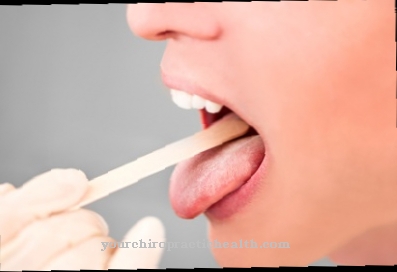


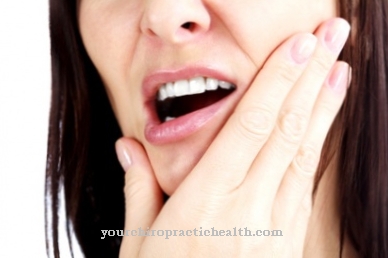


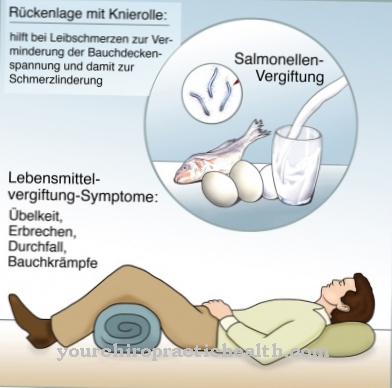

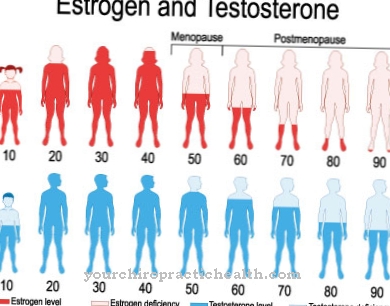




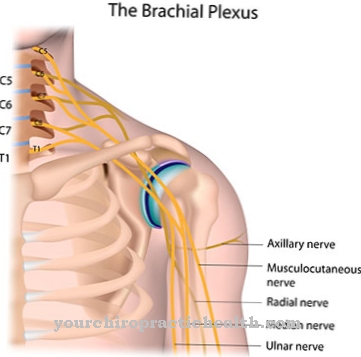
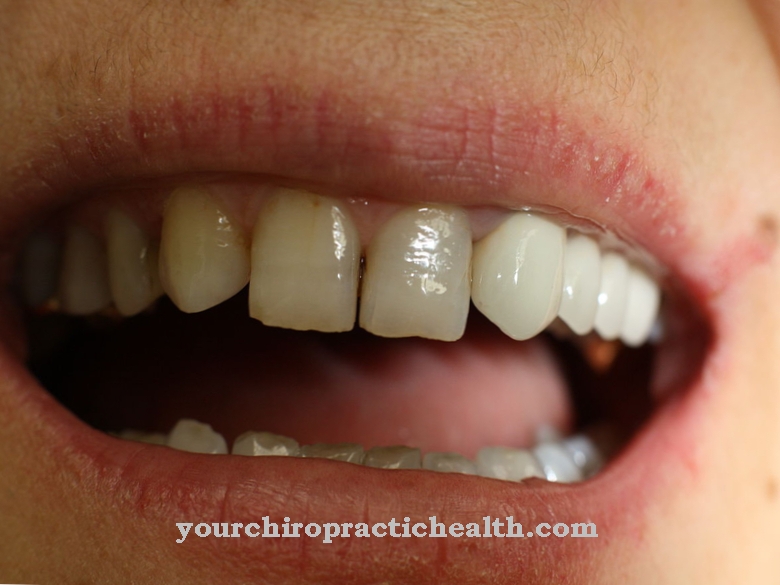

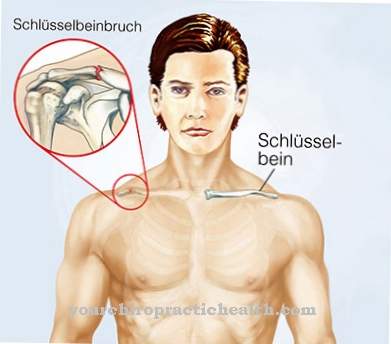

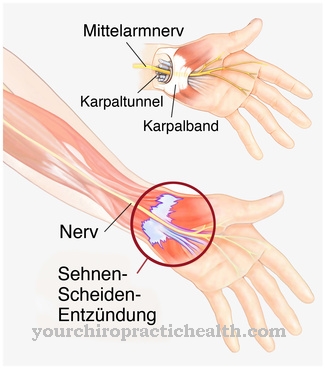
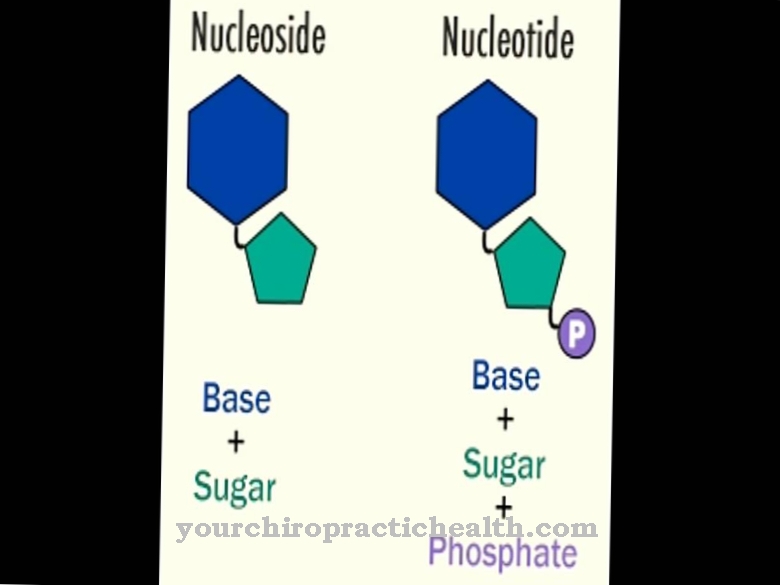

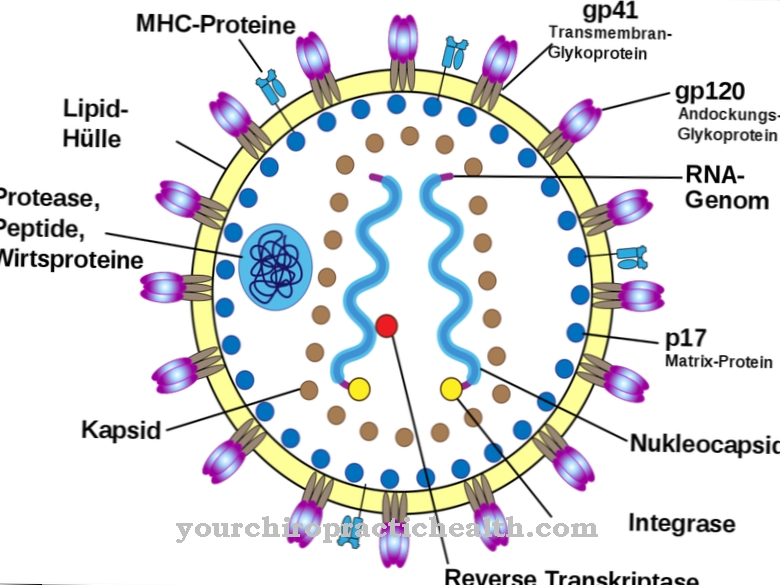
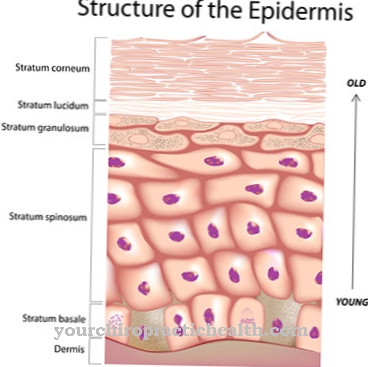
.jpg)
